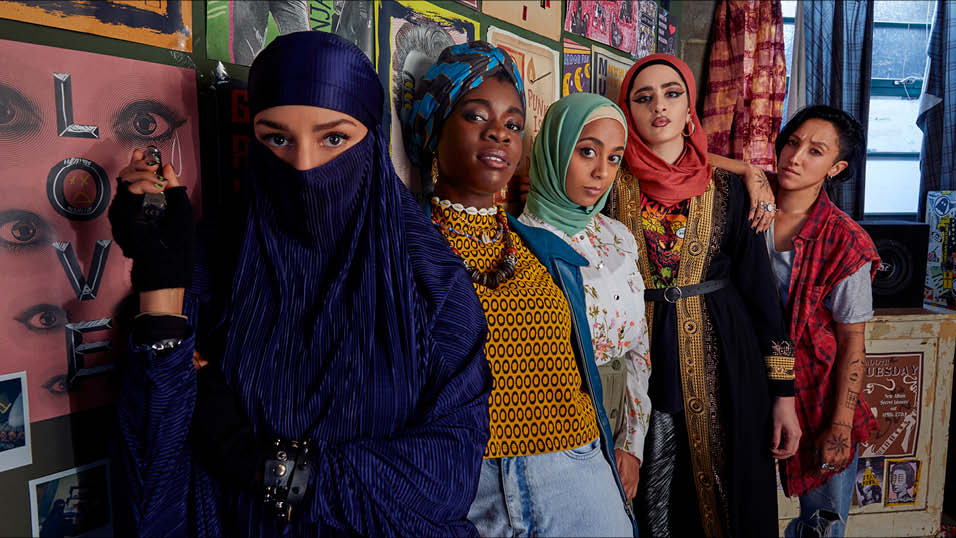A new report from the European Audiovisual Observatory reports slow progress for female representation in major craft roles across scripted TV in Europe.
The report, “Female audiovisual professionals in European TV fiction production” analyses the composition of key positions in over 50 000 TV/SVOD fiction films and series episodes produced between 2015 and 2021: directors, writers, producers, directors of photography, composers and lead roles.
The share of female professionals in European TV fiction production ranges from less than 10% (composers, cinematographers) to over 40% (producers, lead roles). In 2021, 37% of TV fiction episodes were written by female writers, but only 22% directed by female directors.
The report posits that the low share of women in key roles results from a multiplication of factors: typically, for directors, the low share of women results from fewer female directors active in TV production, who work less often than their male counterparts, and are more often than male in a team of directors than being the sole creator of the work. Moreover, teams are more often male-driven.
When combining directors, writers, producers, cinematographers and composers the share of female professionals has gradually increased since 2015, although at a very slow pace.
The report shows that in 2021, female directors represented 26% of active directors of audiovisual fiction
episodes and TV films in Europe (up from 16% in 2015).
On average, women (co)directed fewer episodes than men and they were less likely to be the sole director of a work. For these reasons, the weighted average share of female directors in audiovisual fiction was lower, at 22% (up from 17% in 2015).
The share of audiovisual fiction episodes directed by female-driven teams was again slightly lower, at 21% (up from 16% in 2015), as women were proportionally more likely to work in male-driven teams.
In 2021, women accounted for 39% of active writers of audiovisual fiction in Europe (up from 34% in 2015).
On the one hand, each female (co)wrote more episodes than males, but, on the other hand, they were less often the sole writer of an episode. Therefore the weighted share of female writers of audiovisual fiction was lower than the share of women among active writers, at 37% (up from 33% in 2015).
Female writers were proportionally more likely than male colleagues to co-write audiovisual fiction and when they did, it was often within teams with a male majority. For this reason, the share of episodes written by female-driven teams was significantly lower, at 27% (up from 24% in 2015).
In 2021, women accounted for 45% of all active producers of European TV films and high-end TV series*, up from 39% in 2015. Women produced on average a similar number of episodes to men and were the sole
producers of TV titles almost as often as their male counterparts. Therefore, the weighted share of women among producers was close to their share of active producers, at 44% (up from 36% in 2015).
The share of titles by female-driven production teams was 37% (up from 30% in 2015), as women solely produced fewer titles but, when co-producing, were part of a gender-balanced team of producers.
In 2021, women accounted for just 9% of all cinematographers of European audiovisual fiction (up from 6% in 2015).
As with their male counterparts, female DOPs were normally the sole cinematographers of the titles on which they worked, but signed fewer titles. The weighted share of women as DOPs among all episodes produced was therefore slightly lower than their share of active DOPs, at 8% (up from 8% in 2015).
The share of AV titles by female-driven cinematographer teams was also at 8% (up from 5% in 2015) since in most cases a single professional signed as DOP – usually a male.
The data on European audiovisual fiction titles were provided by Plurimedia (The European Metadata Group). Plurimedia reviews the programming schedules of over 130 TV channels in Europe and the catalogues of the main SVOD services. These data were complemented by additional desk research by the European Audiovisual Observatory.
Jon Creamer
Share this story

















